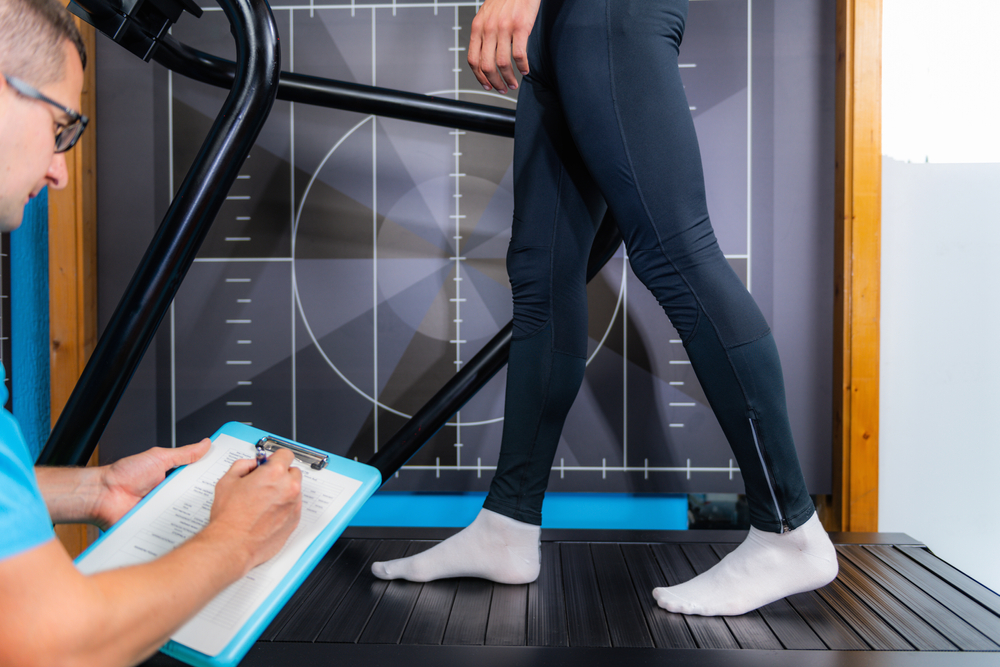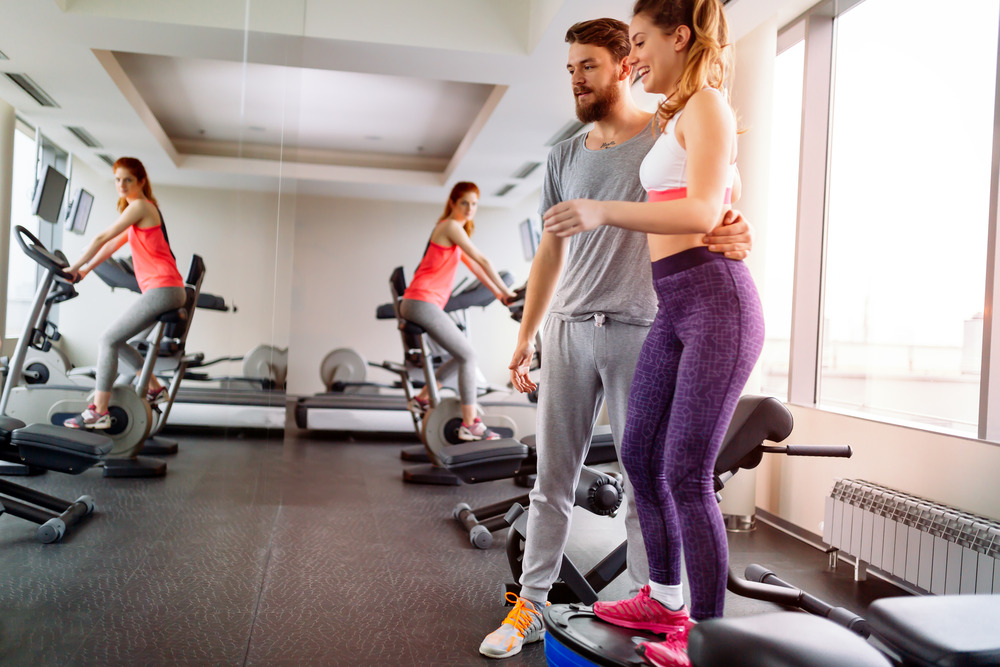Contents
Accidents happen. We all fall a few times throughout our lives, whether it’s slipping on a wet floor or tripping over our own shoes. But as you get older, falling can become more and more dangerous. As bones lose density and muscles gradually weaken, it takes longer for the body to repair itself from injury. A fall in older adults can lead to pain, bruising and decreased mobility.
The risk of falling also increases with age, with decreased muscle mass being just one factor. By learning about risk factors for falls in older adults, ages 65 and up, you can become more aware of potential hazards and take preventive measures when possible.
Read on to learn about factors that can increase the risk of falls in older adults. We’ll also discuss how physical therapy can decrease the possibility of injury from falling.
7 things that can increase the risk of a fall in older adults
In 2022, more than 3 million older adults were treated in emergency rooms for fall-related injuries. Every year, approximately 1 in 4 older adults report falling, which adds up to more than 14 million falls. In fact, it’s the leading cause of injury among the age group.
There are a variety of risk factors that can increase the possibility of a fall in older adults. While some are environmental or external risks, others are intrinsic issues.
Here are seven risk factors for falls in people 65 and older:
- Stairs or steps — People of any age can fall while climbing stairs or using steps. However, age can impact a person’s posture, balance and gait, which is the position of your body as you move. When these aspects of physical health are naturally affected with age, it can decrease the ability to safely use stairs, especially if there aren’t handrails to hold on to for assistance.
- Medications — There are many types of medications that have side effects of lightheadedness and dizziness, which can lead to a fall. These effects are common in blood pressure-lowering medications, antidepressants, sedatives and tranquilizers. The risk can be highest for people who practice polypharmacy, which refers to taking at least four or more medications at once.
- Visual impairment — Your eyesight can gradually deteriorate with age. Possible factors may include extensive digital device usage, eye strain, genetics or poor nutrition. You may also develop conditions like cataracts. Poor eyesight can increase the risk of falling as it decreases your ability to see potential hazards, such as clutter on the ground or an uneven walking surface. The impairment is especially dangerous when there’s inadequate lighting.
- Lack of exercise — As your body naturally slows down with age, so does your energy to exercise every day. Exercise plays a large role in keeping an older adult healthy. However, it can become challenging due to joint aches, fatigue or fear of injury. When a person of any age doesn’t complete an adequate amount of exercise, it can increase the risk of falling because they’re losing the strength and flexibility needed for stability during movement.
- Diabetes — When your blood sugar is fluctuating, your body can develop symptoms that can increase the likelihood of having a fall. That’s why diabetes is a risk factor. For instance, low blood sugar can cause blurred vision and lightheadedness. High blood sugar can impact the inner ear, leading to dizziness and balance issues. Common complications and symptoms of diabetes can also increase the likelihood of an older adult having a fall, such as poor vision and neuropathy.
- Unsafe footwear — If an older adult isn’t wearing the proper footwear for a particular activity, such as a walk in the park or going up stairs, it can reduce their friction on the ground, which increases the risk of slipping and falling. It’s also possible that they are wearing shoes that aren’t supportive of their decreasing balance, such as wearing backless or loose-fitting shoes.
- Dementia — Older adults with cognitive impairments have an increased risk of falling. They may have a decreased awareness of fall hazards, altered gait, and slower processing speed, which is needed to catch themselves as they start to fall. That’s why older adults who develop dementia, which refers to a loss of cognitive function, are often treated as a fall risk by health care providers.
How physical therapy can help reduce the risk of falls in older adults
When an older adult falls, it can be scary for both them and their family. The good news is that there are preventive measures that people can take to reduce the risk of falling as their bodies change with age.
A physical therapist can help reduce an older adult’s risk of falling by improving the overall quality and function of their physical health. Here are a few goals that may be incorporated into the physical therapy treatment plan for an older adult:
- Increasing strength and flexibility — One of the most effective courses of action for reducing the risk of a fall is to ensure that your body, especially your lower extremities, can handle the regular strain of movements that may lead to a fall, such as climbing stairs. A physical therapist can guide you through exercises that strengthen your leg, knee and ankle muscles to increase stability and encourage a proper gait. They can also show you stretches that increase your joint flexibility for smooth movement patterns.
- Postural and gait adjustments — The way that you walk, sit or stand isn’t likely something that you consider on a daily basis. However, your posture and gait play a large role in your overall balance and coordination. A physical therapist can help you make gradual adjustments to your posture and gait that will increase your balance to reduce the risk of falling. This often includes keeping your shoulders back, keeping your steps in a heel-to-toe motion, and keeping your gaze approximately 20 feet in front of you.
- Lifestyle adjustments — There are things in an older adult’s everyday life that may be contributing to their risk of falling. A physical therapist can provide recommendations for lifestyle changes that can reduce your fall risk. Lifestyle adjustments that may help include a regular exercise routine, footwear recommendations, and addressing household hazards, such as rugs or steps without handrails.
Lattimore PT can help older adults reduce the risk of falling
Falling may seem unavoidable at times, but there are still preventive measures that an older adult can take to reduce the risk. By learning about fall risk factors, such as visual impairment and medication side effects, you can gain a better understanding of how your medical conditions, habits and environment may be contributing to the possibility of falling.
At Lattimore PT, we not only help you figure out what fall risk factors are present in your everyday life, but we can also help you stay one step ahead of the possibility. With treatments like targeted exercises and postural adjustments, our physical therapists can help you feel more secure in your everyday movements.
It’s also important to note how a physical therapist can help if a fall does happen to occur. If you’ve experienced a fall, you may be experiencing pain and reduced range of motion. One of our physical therapists can use treatments like modalities, exercises and manual therapy to help you manage pain while still improving the function of the affected area.
Contact our team today for more information or to schedule an initial appointment.



